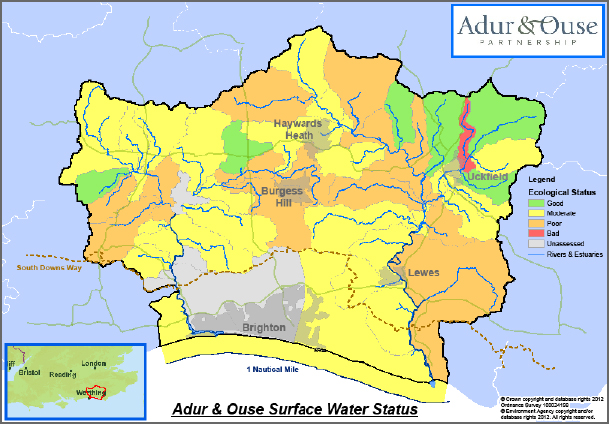
Using evidence
Evidence is a core part of integrated catchment management. Without it, we cannot make informed, fair and justifiable decisions on what the best courses of action and monetary investments are. Evidence ranges from scientific monitoring data and academic research, to best practice techniques and local knowledge. Combining and scrutinising as wide an evidence base as … Continued
